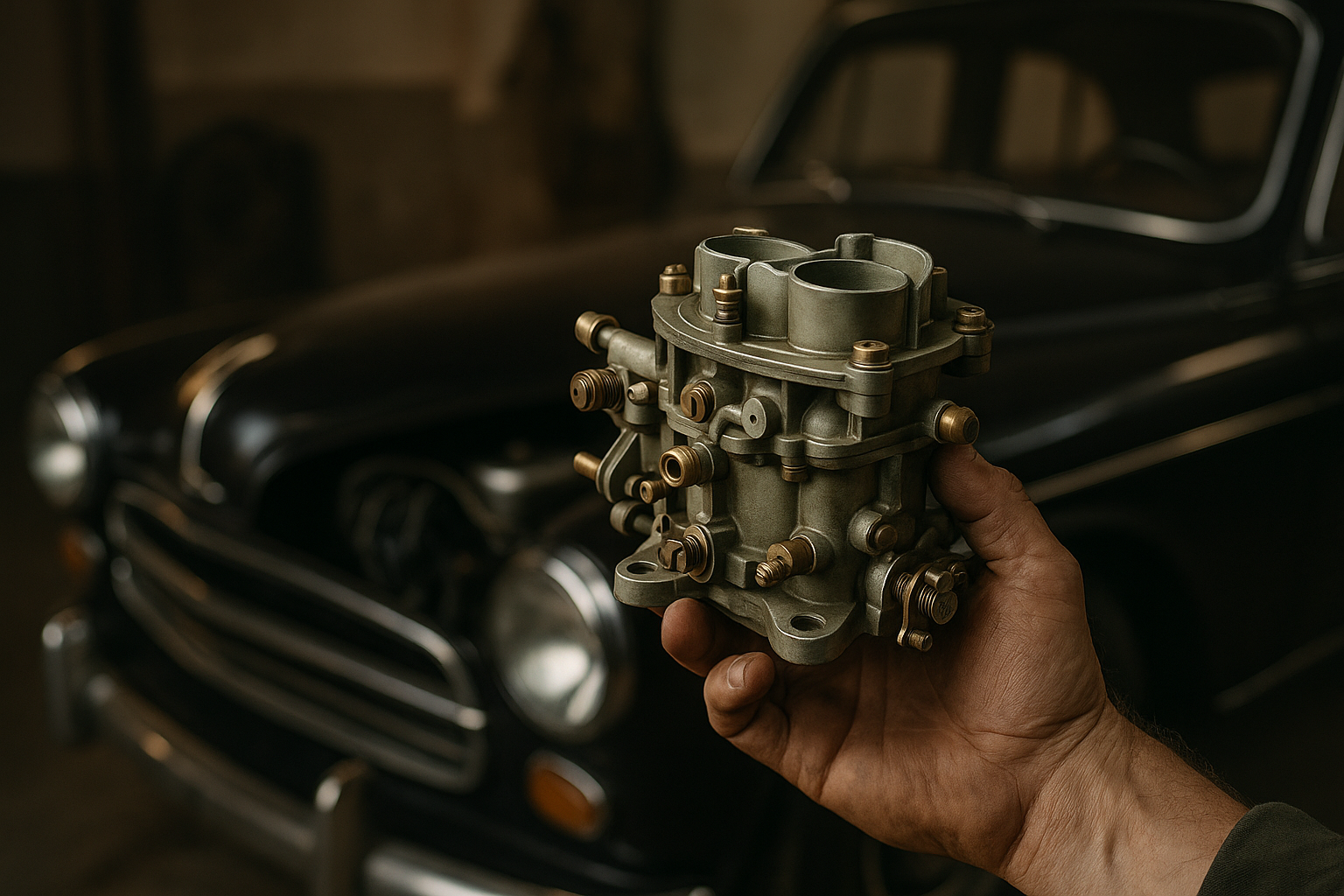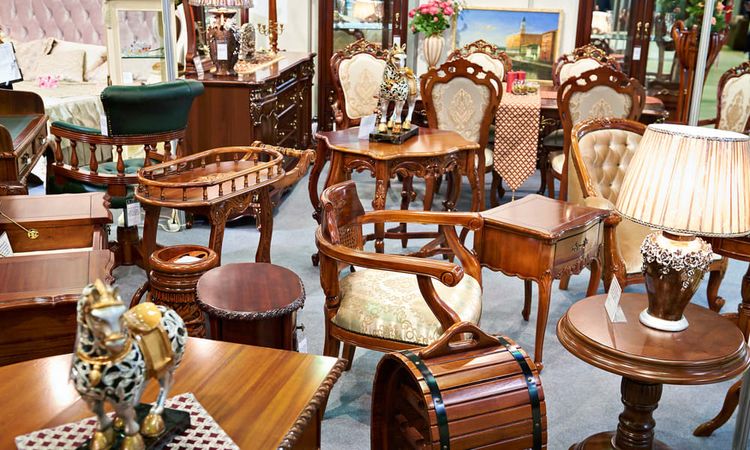Willys Jeep for Sale: A Practical Buyer’s Guide to Finding, Inspecting, and Owning a Classic
The iconic Willys Jeep represents one of the most historically significant and mechanically straightforward vintage vehicles available today. Originally designed for military use during World War II, these rugged machines have evolved into highly sought-after collector vehicles that offer both historical significance and practical utility. Whether you're drawn to their wartime heritage, simple engineering, or off-road capabilities, purchasing a Willys Jeep requires careful consideration of various factors including condition, authenticity, and long-term ownership costs.

Understanding Willys Models and Brief Historical Overview
The Willys-Overland company produced several distinct Jeep models that appeal to different types of collectors and enthusiasts. The MB model, manufactured from 1941 to 1945, served as the primary military vehicle during World War II, with over 358,000 units produced. The civilian CJ-2A, introduced in 1945, marked the transition to peacetime production and featured improvements like larger headlights and a tailgate. The CJ-3A followed in 1948 with a one-piece windshield and improved ventilation, while the CJ-3B introduced in 1953 featured a taller hood to accommodate the new Hurricane F-head engine.
Each model carries different values and restoration challenges. Military MB models command premium prices due to their historical significance, while civilian CJ models often provide more practical daily driving experiences. Understanding these distinctions helps buyers focus their search and set realistic expectations for both purchase price and restoration requirements.
Where to Find Willys Jeeps for Sale (Markets, Dealers, Auctions)
Vintage Willys Jeeps appear in various marketplaces, each offering different advantages and price ranges. Classic car dealerships specializing in military vehicles often stock restored examples with documentation and limited warranties, though prices typically reflect their premium service. Online platforms like Hemmings, ClassicCars.com, and Bring a Trailer feature extensive listings with detailed photographs and seller communication options.
Auction houses such as Barrett-Jackson, RM Sotheby’s, and regional estate sales frequently feature Willys Jeeps, particularly rare military variants or exceptionally restored examples. Local car shows and swap meets provide opportunities to inspect vehicles in person and negotiate directly with owners. Military vehicle clubs and online forums often maintain classified sections where enthusiasts sell project vehicles and parts.
Estate sales and barn finds occasionally yield unexpected discoveries, though these require immediate inspection and often involve incomplete documentation. Each source demands different approaches to verification and negotiation, making research essential before committing to any purchase.
How to Inspect a Willys Before You Buy (Body, Chassis, Engine, Documentation)
Thorough inspection prevents costly surprises and ensures authentic purchases. Begin with body examination, checking for rust in common problem areas including floor pans, door frames, and the area around the rear spring mounts. Original steel bodies show specific welding patterns and stampings that reproductions may lack. Frame inspection requires crawling underneath to examine cross members, spring mounts, and the transmission mount for cracks or excessive rust.
Engine evaluation depends on the specific powerplant, with the Go-Devil L-head and Hurricane F-head being most common. Listen for unusual noises, check compression across all cylinders, and verify that cooling systems function properly. Transmission and transfer case operation should be smooth in all gears, with no grinding or excessive play in shifters.
Documentation verification proves crucial for valuable military variants. Original data plates, matching serial numbers, and military records establish authenticity and significantly impact value. Civilian models require title verification and any available maintenance records. Missing documentation doesn’t necessarily disqualify a purchase but affects negotiating position and future resale value.
| Vehicle Type | Condition | Price Range | Key Factors |
|---|---|---|---|
| Military MB (Restored) | Excellent | $25,000-$45,000 | Documentation, matching numbers |
| Military MB (Driver) | Good | $12,000-$22,000 | Running condition, body integrity |
| CJ-2A/3A (Restored) | Excellent | $15,000-$30,000 | Engine type, originality |
| CJ-2A/3A (Project) | Fair/Poor | $3,000-$8,000 | Completeness, rust extent |
| CJ-3B (Running) | Good | $8,000-$18,000 | Engine condition, modifications |
Prices, rates, or cost estimates mentioned in this article are based on the latest available information but may change over time. Independent research is advised before making financial decisions.
Pricing and Valuation: What Affects Cost and Typical Repair/Ownership Expenses
Willys Jeep values fluctuate based on multiple factors including model rarity, condition, documentation, and modifications. Military MB models with complete documentation command highest prices, particularly those with provable combat history or unique features. Civilian models generally cost less but offer greater parts availability and modification flexibility.
Condition dramatically affects pricing, with the difference between a running driver and a complete restoration project often exceeding $15,000. Original, unmodified examples typically hold value better than heavily modified vehicles, though some period-correct upgrades may enhance both utility and value.
Ownership expenses include regular maintenance, parts replacement, and potential restoration work. Simple mechanical systems keep routine maintenance costs reasonable, with basic service items like oil changes, brake adjustments, and tune-ups manageable for most owners. However, major repairs such as engine rebuilds ($2,000-$4,000), transmission overhauls ($1,500-$2,500), or body restoration ($5,000-$15,000) require significant investment.
Parts availability varies by component, with mechanical pieces generally accessible through specialty suppliers, though prices reflect their vintage status. Body panels and trim pieces prove more challenging and expensive to source, particularly for military variants.
Registration, Restoration Options, and Ownership Considerations (Parts, Insurance, Use)
Registration requirements vary by jurisdiction, with most areas treating Willys Jeeps as standard vintage vehicles requiring safety inspections and proper titles. Some regions offer antique or historic vehicle registrations that provide insurance savings and reduced fees in exchange for usage restrictions.
Restoration approaches range from complete concours-level rebuilds to sympathetic preservation of original patina. Full restorations can exceed $25,000 but create show-quality vehicles with enhanced reliability. Mechanical restoration focusing on drivetrain and safety systems provides a middle ground, maintaining character while ensuring dependable operation.
Insurance options include standard classic car policies from companies like Hagerty, American Collectors, and Grundy, typically offering agreed-value coverage at reasonable rates for limited-use vehicles. Daily driver insurance costs more but provides unlimited mileage coverage.
Parts sourcing requires patience and multiple suppliers, with companies like Willys America, Kaiser Willys Auto Supply, and Omix-ADA maintaining extensive inventories. Online forums and swap meets supplement commercial sources, particularly for rare or discontinued items. Many owners maintain parts vehicles to ensure component availability for their primary Jeep.
Modern upgrades like 12-volt electrical systems, disc brakes, and improved seating enhance usability while potentially affecting originality and value. Balancing authenticity with practicality requires careful consideration of intended use and long-term goals for each vehicle.




